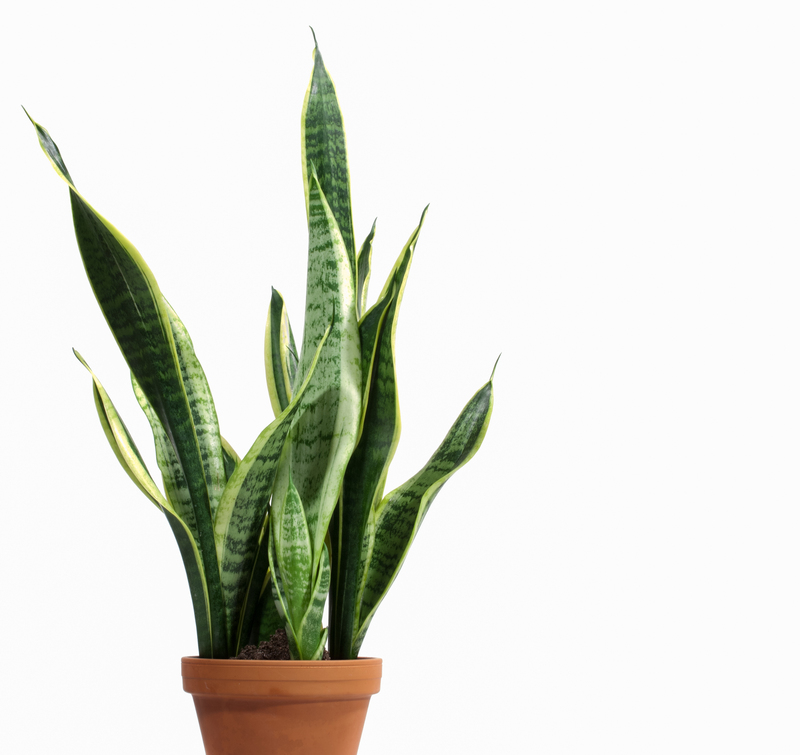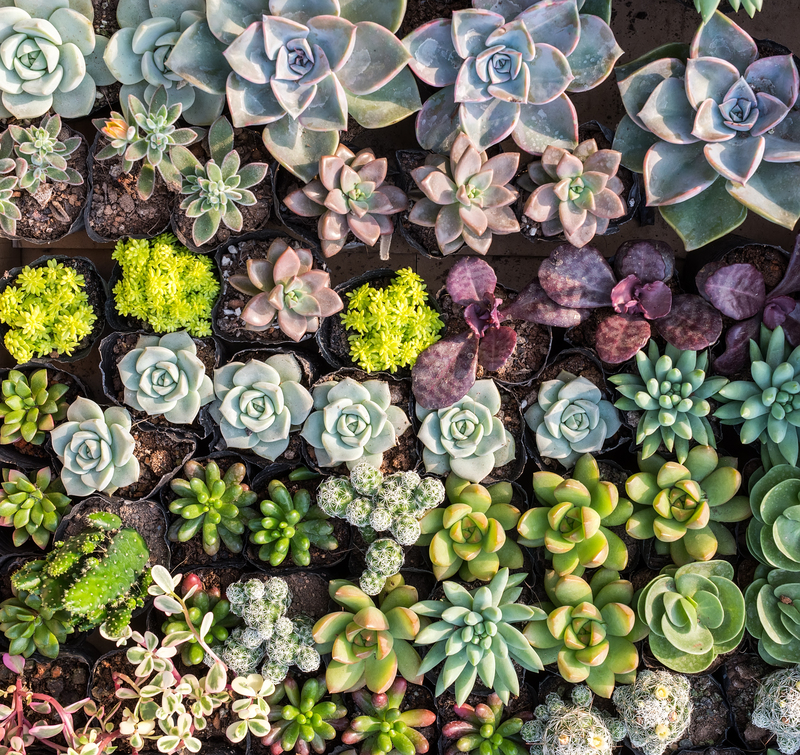Cultivate a Calming Zen Garden Space for Mindful Moments
Posted on 03/07/2025
Cultivate a Calming Zen Garden Space for Mindful Moments
In today's fast-paced world, finding tranquility in your daily routine can be a challenge. One of the most effective ways to invite serenity and mindfulness into your life is by creating a calming Zen garden space. This holistic and artistic approach not only beautifies your surroundings but also nurtures your mind, offering a sanctuary for reflection and meditation. In this article, you'll explore comprehensive steps and insightful tips on how to design and cultivate your own Zen-inspired garden to foster mindful moments and inner peace.

Understanding the Essence of a Zen Garden
A Zen garden, also known as a Japanese rock garden (karesansui), is a minimalist landscape that reflects nature through careful arrangement of rocks, gravel, sand, moss, pruned trees, and sometimes water features. The core philosophy behind a Zen garden emphasizes simplicity, balance, and harmony, making it an ideal space for meditation and mindfulness practices. These gardens have their roots in Japanese Buddhism, where monks used them as a physical aid to contemplation and self-discovery.
Main Elements of a Calming Zen Garden
- Rocks and Gravel: Symbolize mountains and rivers, forming the structural foundation of the garden.
- Sand: Represents water; raked into patterns to evoke waves, flowing rivers, or calm lakes.
- Moss and Plants: Offer greenery and life, often used sparingly for evocative effect.
- Water Features: Small ponds, trickling streams, or stone basins add a soft soundscape and cooling presence.
- Bridges and Pathways: Guide visitors both physically and metaphorically on a journey of self-reflection.
Benefits of Creating a Zen Garden for Mindful Moments
Cultivating a Zen-inspired garden space offers more than aesthetic pleasure. Here's why incorporating this sacred space should be on your wellness agenda:
- Reduces Stress: Spending time in a Zen garden helps lower cortisol levels, relieving stress and anxiety.
- Promotes Mindfulness: The meditative nature of maintaining and enjoying the garden encourages present-moment awareness.
- Enhances Creativity: The simplicity and symbolic elements spark creative thoughts and deeper introspection.
- Improves Air Quality: Select plants and moss purify the air, bringing fresh oxygen to your living space.
- Personal Sanctuary: Provides a devoted area for yoga, meditation, journaling, or simply unplugging from technology.
Step-by-Step Guide: How to Create Your Own Zen Garden Space
1. Choose the Perfect Location
Begin by selecting an area that naturally encourages peace and quiet. You don't need a vast backyard--a calming Zen garden can fit on a patio, balcony, or even indoors. The key is to pick a location with minimal noise and distractions. Ideally, your garden should receive dappled sunlight and offer unobstructed views to relax the mind.
2. Plan Your Garden Layout
Visualize the flow of your garden. Traditional Zen gardens use asymmetrical balance rather than rigid symmetry to mimic nature's unpredictability. Consider the following design principles:
- Use odd numbers of rocks or plant clusters to encourage a natural look.
- Establish a focal point--a unique rock, sculpture, or water feature to draw attention and promote meditation.
- Design simple, winding paths to symbolize the non-linear journey of life.
3. Select the Essential Materials
- Gravel or Sand: White or light-gray gravel is typical. Fine sand may be used in smaller, tabletop Zen gardens.
- Rocks: Choose different shapes and sizes for diversity; weathered stones work best for authenticity.
- Moss and Minimalist Plants: Japanese maples, bamboo, hosta, ferns, and mosses create a lush yet subdued palette.
- Water Elements (Optional): Add a bamboo fountain, stone water basin, or a trickling stream for additional tranquility.
- Lamp or Pagoda Sculptures: Small stone ornaments add interest and traditional charm.
4. Install the Ground Cover
Level your chosen space, then lay weed-blocking fabric to keep maintenance low. Spread a generous layer of gravel or sand across the surface, smoothing it with a rake for a pristine base. Rake artistic patterns--wavy lines for water, swirling circles for currents, or straight lines for calm lakes--using a Zen garden rake or any flat-edged tool.
5. Arrange Rocks and Decorative Features
Strategically place rocks and stones as the backbone of your meditative garden. Larger rocks can serve as mountains, while smaller ones suggest islands. Insert moss and drought-tolerant plants between crevices to soften the look. Incorporate lanterns or bamboo screens for a sense of enclosure and intimacy.
6. Add Personal Touches for Mindful Moments
- Seating: Place a comfortable bench, meditation cushion, or weather-proof floor mat as an invitation to linger.
- Art and Ornaments: Use subtle, meaningful decor--such as wind chimes, stones with written affirmations, or prayer flags--to enhance spiritual ambiance.
- Lighting: Soft solar lights or lanterns extend the usability of your Zen retreat into the evening, casting soothing shadows and highlights.
Maintaining Your Calming Zen Garden Space
The act of tending to a Zen garden is, in itself, a meditative and grounding experience. Maintenance routines can become your gateway to mindful presence, offering daily or weekly opportunities to reconnect with yourself and the natural world.
- Raking Patterns: Refresh the gravel designs as needed. This repetitive motion is deeply relaxing and symbolic, reminding you of life's ebb and flow.
- Pruning: Keep plants trimmed and neat, reflecting the principle of ma (space and emptiness).
- Cleansing Water Features: Remove fallen debris and replenish water for continuous clarity.
- Seasonal Updates: Adjust plantings and decor to reflect the changing seasons, fostering a sense of harmony and impermanence.
Enhancing Mindful Moments in Your Zen Retreat
Once your Zen-inspired garden is established, maximize its benefits by integrating simple mindfulness practices into your routine. Here are creative ways to cultivate calm and savor this serene sanctuary:
1. Meditative Walking
Stroll slowly along the garden paths, focusing on the feel of the ground beneath your feet. Sync each step with your breath, paying attention to the sights, sounds, and scents surrounding you. This practice, known as kinhin in Zen Buddhism, grounds you in the present moment.
2. Seated Meditation or Yoga
Set aside time each day to sit or practice gentle yoga in your Zen refuge. Let the garden's natural elements become the focal point of your gaze or the backdrop to your breathing exercises. The gentle rhythm of water, rustling leaves, or even the breeze enhances your meditation experience.
3. Creative Journaling and Reflection
Bring a notebook and pen to your tranquil space. Journal about your emotions, dreams, or simply let your thoughts flow freely. The peaceful surroundings inspire clarity and foster a deeper connection to oneself.
4. Mindful Raking and Gardening
Turn maintenance tasks--like raking, pruning, or rearranging stones--into informal mindfulness practices. Approach each movement with intention, letting go of distractions and focusing on sensory engagement.
5. Aromatherapy and Sound Baths
- Essential oils: Diffuse calming scents such as lavender, frankincense, or sandalwood.
- Wind chimes or bells: Install gentle instruments to create soothing, meditative sounds throughout the space.

Tips for Balancing Modern Life with Your Zen Garden
Cultivating a calming garden space isn't limited to outdoor enthusiasts or seasoned landscapers. Anyone can incorporate these mindful principles, regardless of space or budget:
- Create a Tabletop Zen Garden: For apartment dwellers or office workers, small sand trays with mini rocks and rakes can bring peace directly to your desk or coffee table.
- Mix Modern and Traditional Elements: Integrate contemporary sculptures or minimalist seating to blend with your home's style while preserving Zen simplicity.
- Practice Digital Detox: Make your Zen retreat a technology-free zone for uninterrupted mindfulness.
- Involve Family: Invite children or loved ones to help design, plant, or simply relax in your new haven. Shared mindful moments can deepen relationships and promote mutual well-being.
Conclusion: Embrace Mindful Living with a Zen Garden Sanctuary
In a world overflowing with stimuli, the act of creating and caring for a calming Zen garden space becomes a powerful antidote to stress and distraction. By thoughtfully arranging natural elements and infusing your personal touch, you craft a timeless sanctuary for reflection, creativity, and peace. Every rake of gravel, placement of stone, and moment of stillness becomes an invitation to return to yourself and cultivate balance in everyday life.
Begin your journey today--transform any corner of your environment into a Zen-inspired retreat for mindful moments. Whether you seek a refuge for meditation, a creative nook for journaling, or a daily dose of tranquility, a Zen garden offers endless possibilities for embracing calm, clarity, and connection.
Frequently Asked Questions About Calming Zen Gardens
- Can I create a Zen garden indoors? Yes, Zen gardens can be adapted to indoor spaces using trays, containers, or terrariums. Choose compact plants and consider smaller-scale features.
- What are low-maintenance plants for Zen gardens? Moss, ferns, Japanese forest grass, dwarf bamboo, and miniature evergreens offer lush greenery with minimal care.
- Is a water feature essential? No, though they enhance tranquility, a calm Zen garden space is equally effective with just rocks, sand, and plants.
- How often should I rake the gravel? As often as you wish! Many find daily raking rituals restorative and meditative.
Ready to cultivate a calming Zen garden space? Start small, progress mindfully, and let your new sanctuary support your well-being in every season.

